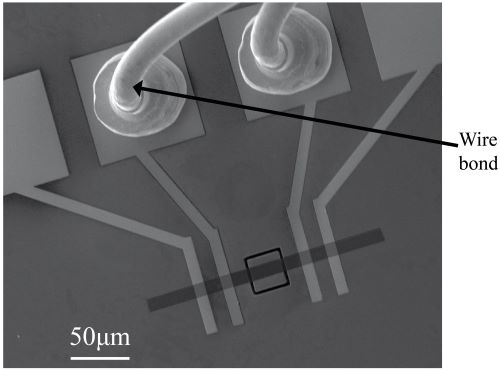Graphene is a one atom-thick layer of carbon with two dimensional properties. It is a transparent and flexible conductor, and thanks to its extraordinary mechanical strength and excellent conducting properties, it is one of the most promising materials for an array of applications in nano-electromechanical systems.
The latest step forward in graphene research is a tiny graphene-based accelerometer created by an international research team involving KTH Royal Institute of Technology in Stockholm, Sweden, and researchers from the Aachen Graphene and 2D Materials Center – a consortium between RWTH Aachen University and AMO GmbH. Among the conceivable applications are monitoring systems for cardiovascular diseases and ultra-sensitive wearable and portable motion-capture technologies.

For decades, microelectromechanical systems (MEMS) have formed the basis for new innovations in sensor and medical technology. Now, these systems are moving toward nano-electromechanical systems (NEMS).
In the current study, the team exploit the unique mechanical and conducting properties of graphene to create an accelerometer that could potentially be a breakthrough for body sensor and navigation technologies.
Potential uses for these NEMS transducers include ultra-miniaturized NEMS sensors and actuators, such as resonators, gyroscopes and microphones.
“This could eventually benefit mobile phones for navigation, mobile games, and pedometers, as well as monitoring systems for heart disease and motion-capture wearables that can monitor even the slightest movements of the human body,” Xuge Fan of KTH Stockholm explained in a press release published by RWTH Aachen University. “We can scale down components because of the material’s atomic-scale thickness. We created a piezoresistive NEMS accelerometer that is dramatically smaller than any MEMS accelerometers available today, but retains the sensitivity these systems require.”
Max Lemme, professor at RWTH and Managing Director at AMO GmbH, commented in a press release that this collaboration with KTH has already resulted in the application of graphene membranes in pressure and Hall sensors and microphones, and now includes accelerometers. “This makes me hopeful to see the material on the market in some years. To this end, we are working on industry-compatible manufacturing and integration techniques.”

















